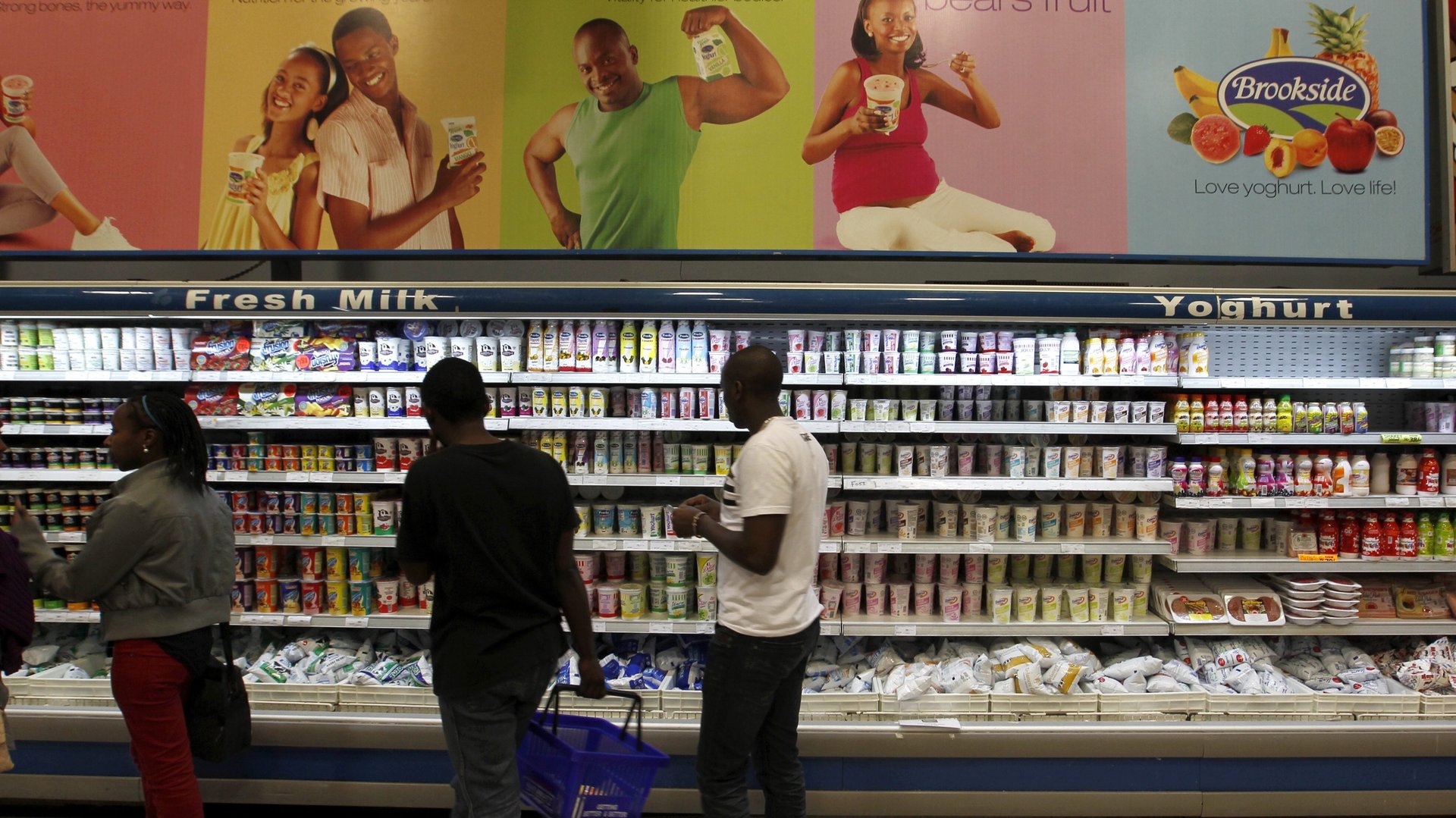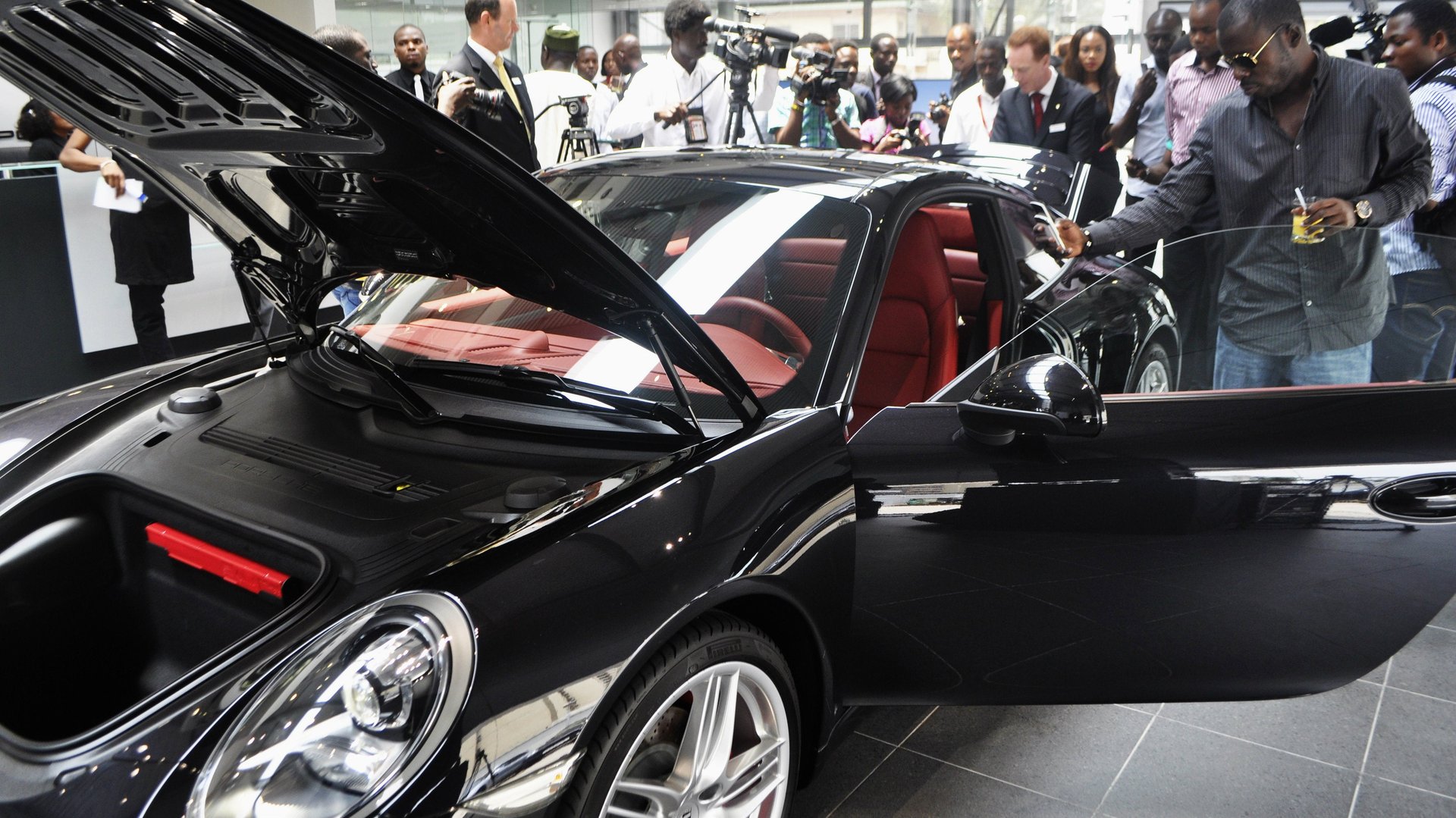Let’s sort out the facts from the fiction of Africa’s rising middle class
Since the turn of the century the middle classes of the global South have taken centre stage in economic policy circles. Animated by diversification of some countries’ economies, a handful of economists from international agencies and think-tanks began a discourse that then entered African and development studies.


Since the turn of the century the middle classes of the global South have taken centre stage in economic policy circles. Animated by diversification of some countries’ economies, a handful of economists from international agencies and think-tanks began a discourse that then entered African and development studies.
This in turn led to calls for policies to be redirected. Countries were urged to strengthen their middle classes. The leading proponents were the Organisation of Economic Co-operation and Development (OECD) followed by the United Nations Development Programme (UNDP). The OECD’s view is evident in its Global Development Perspectives 2012 report and the UNDP’s in its 2013 Human Development Report.
The main economists behind this push included World Bank chief economist Martin Ravallion, his former colleague, William Easterly, Nancy Birdsall from the Centre for Global Development in Washington, and Homi Kharas from the OECD Development Centre.
They define middle class as people with a minimum of $2 to $10 monetary income/expenditure a day.
But such a reduced approach misses much of what is required for a proper analysis of a class – its character, and its positioning in and impact on society. Rather, the discovery of the middle class was linked to its anticipated role in promoting social change to which those in the “business of development” could pin their hopes.
This, however, shifts the debate away from the critical assessment of obstacles to development. It thereby gets in the way of a proper diagnosis of the real challenges to promoting more social equality and justice in some of the most unequal societies in our world.
The problem with the definition
Defining the middle class as a group of people with a minimum of anything from $2 to $10 monetary income/expenditure a day is itself fuzzy.
With reference to the $2 threshold, the African Development Bank declared one-third – 300 million – of the continent’s population as middle class in 2011. A year later it adjusted its size up to 500 million. It considered this a key factor for development.
It takes quite some fantasy to imagine how, based on the living costs in Africa’s urban centres, a $2-a-day threshold catapults someone from the $1.99 margin as criteria for poor into a middle-class existence. And then into playing a pioneering role in the continent’s future transformation. It seems, therefore, that all those not starving are nowadays considered “middle class”.
Limiting the debate to purely monetary categories also ignores a range of other important aspects. These include employment or social status, sources of income, lifestyle-related attributes, cultural norms, and religious or ethnic identities as contributing factors.
Rigorously explored differentiations – not to mention any substantial class analysis – have been largely absent. This turns the “middle class” into a “muddling class”, devoid of any true meaning in terms of social analysis that seeks to identify a social agenda and the role members of society can play in transforming societies.
The new demand for supporting the middle classes within developmental policy therefore remains a vague appeal. Who, after all, should be supported for what purpose?
African studies have more recently offered much more nuanced assessments from the point of view of social anthropology and cultural studies, political science and economics.
These offer a better diagnosis of how certain segments within societies change, adapt and adjust. And how a higher income, combined with other factors, might have an impact on policy orientations and social positions.
Misplaced expectations
A closer look at the widely held assumption that middle classes by definition play a positive—meaning socially progressive—role is not convincing. History suggests a rather mixed balance, if not mainly opportunistic behaviour, of middle class members. They usually do not tend to bite the hand that feeds them.
The new Chinese middle class is anything but known for its opposition towards an authoritarian state. The Chilean middle class of the early 1970s in its majority did not side with Salvador Allende, but supported the military coup by General Augusto Pinochet.
Politically, middle classes seem not as democratic as many of those singing their praises believe. According to a recent Afrobarometer survey, a majority of those with higher education argue that the less educated should not have the same say in democratic elections, as they would not know what is best for their country.
In South Africa the black middle class is no more likely to hold democratic values than other black South Africans. But it is more likely to want government to secure higher-order survival needs over basic ones.
It is also dubious that African middle classes by their sheer existence promote economic growth. Their increase was mainly a limited result of the trickle-down effects of the resource-based economic growth rates during the early years of this century. Their position and role in society hardly has the economic potential and dynamics to induce further productive investment that contributes to sustainable economic growth.
And there is also little evidence of any correlation between economic growth and social progress, as even a working paper of the International Monetary Fund admits.
Even the African Development Bank concedes that income discrepancies as measured by the Gini-coefficient have increased, while six among the ten most unequal countries in the world are in Africa. Real sociopolitical influence is hardly owned by a growing middle class.
While the poor partly became a little bit less poor, the rich got much richer.

Myth of Africa’s growing middle class
The celebrated growth of the African middle class(es) is also questionable. The UNDP’s 2013 Human Development Report predicted that by 2030 80% of middle classes would come from the global South, but only 2% would be from sub-Saharan Africa.
Recent assessments suggest that it is not the middle of African societies that expands, but the lower and higher social groups. According to a report by the Pew Research Centre only a few African countries had a meaningful increase of those in the middle-income category.
Multinationals in the retail and consumption sector have already reacted to the dwindling purchasing power of the middle class. They have reversed earlier investments. The world’s biggest food producer, Nestlé, has reduced its presence in Africa by 15% of its employees.
Debate shows signs of shifting
Fortunately the discussions following the middle-class hype have created sufficient awareness to trigger a debate separating fact from fiction in the assumed transformative power of a middle class.
This includes challenging the myth that a middle class is the cure for the social woes of countries considered “less developed” and affected by massive poverty. Rather, its variety of members will most likely continue to act in their own best interests.
Deconstructing and demystifying the trendy discourse, and thereby dismantling the proclaimed middle-class torch bearers, brings back the sobering need to properly analyse and assess social structures. The aim would be to offer a more realistic diagnosis of where the dividing lines between a policy for the rich and one for the poor should or could be drawn.
If we are serious about the need for social change and transformation, we should be as serious about class analysis.
Henning Melber, Extraordinary Professor, Department of Political Sciences, University of Pretoria
This article was originally published on The Conversation. Read the original article.